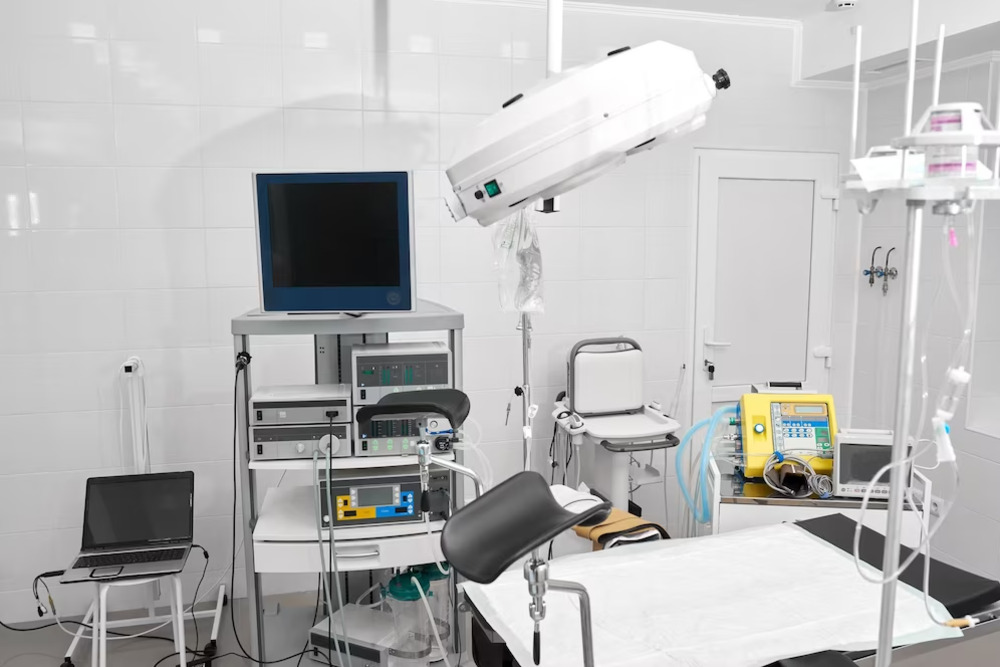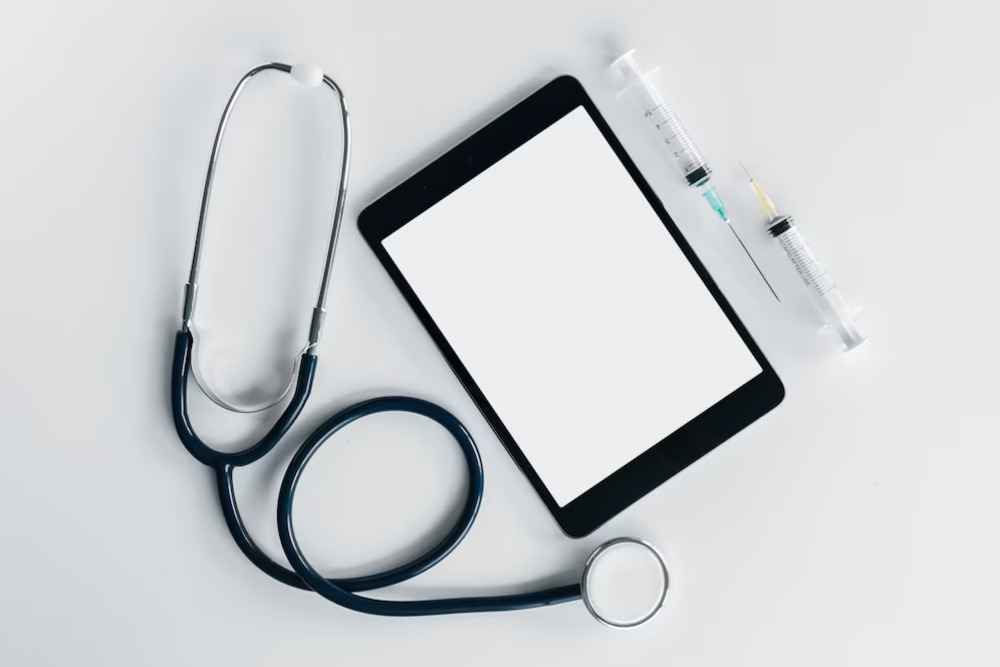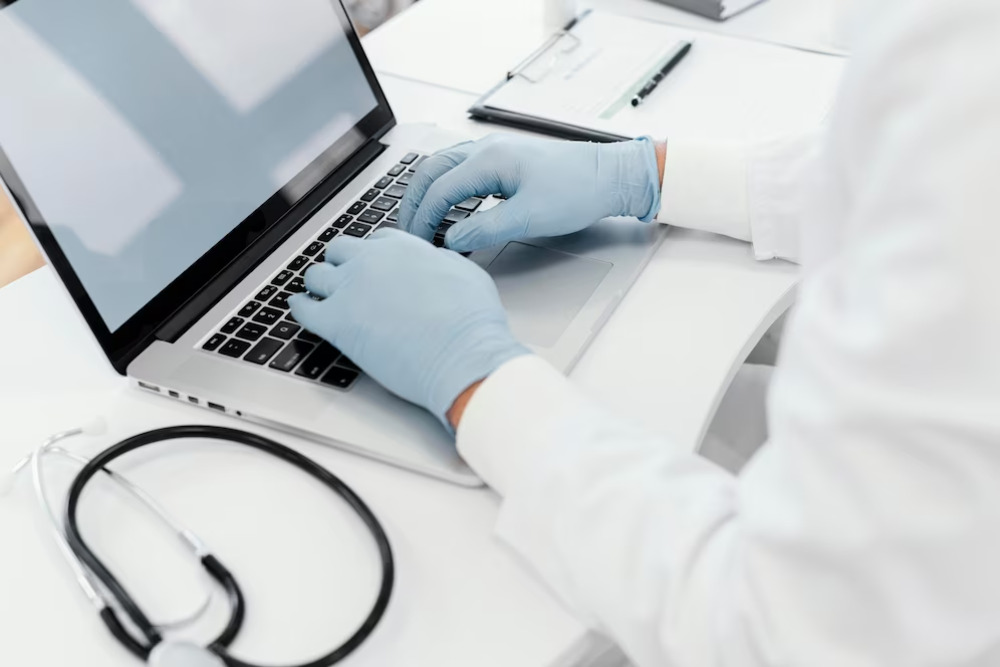
Why Tourism Operators Need Quality Management Certifications & Training to Boost Business Credibility in Malaysia
December 10, 2025
Your Step-by-Step Guide for Halal Certification Requirements in Malaysia
January 2, 2026GDPMD (Good Distribution Practice for Medical Devices) sets standards for the safe distribution of medical devices, focusing on patient safety, compliance, and maintaining product integrity within Malaysia’s healthcare system.
Understanding the benefits of GDPMD in Malaysia is key to navigating the complexities of the certification process.
Learn how ISO training provider, One Island can guide you through the GDPMD certification process in Malaysia so your team is equipped with the knowledge and skills to handle medical devices correctly.
5 Key Benefits of GDPMD in Malaysia

GDPMD compliance enhances operational efficiency, safeguards patient safety, and opens up new business opportunities.
1. Patient Safety and Risk Mitigation
GDPMD ensures that medical devices are handled, stored, and transported safely, reducing risks like contamination or damage. By following these guidelines, businesses can protect patient safety, which ultimately strengthens trust in their products.
2. Regulatory Compliance
Meeting GDPMD standards is a legal requirement that helps businesses avoid penalties, stay aligned with regulatory authorities, and demonstrate their commitment to quality and safety.
3. Improved Supply Chain Efficiency
GDPMD optimises distribution processes, making sure standardised procedures for handling and storage. This leads to fewer errors, faster response times, and enhanced customer satisfaction, streamlining operations across the supply chain.
4. Enhanced Market Access
GDPMD certification is often a prerequisite for entering international markets. By achieving GDPMD compliance, Malaysian companies can expand their reach globally and improve their competitive edge.
5. Quality Assurance and Product Integrity
GDPMD guidelines ensure that medical devices are delivered in optimal condition, preserving product integrity. This builds customer confidence and enhances brand reputation, contributing to long-term business success.
Who Needs GDPMD Certification?

Various stakeholders in the medical device industry must adhere to GDPMD standards to ensure the safe, efficient, and regulatory-compliant distribution of medical devices in Malaysia.
Below are the key entities that need to comply with GDPMD:
| Key Entity | Role in GDPMD Compliance |
| Medical Device Manufacturers | Ensure that medical devices are produced, stored, and distributed safely, in compliance with GDPMD standards. |
| Distributors and Wholesalers | Handle, store, and transport medical devices following GDPMD guidelines to maintain product integrity. |
| Importers and Exporters | Ensure medical devices are transported and handled safely and in accordance with GDPMD regulations during import/export processes. |
| Authorised Representatives | Represent foreign manufacturers in Malaysia, ensuring compliance with GDPMD standards for distribution. |
| Regulatory Authorities | Enforce GDPMD regulations, conduct audits, and monitor compliance across all entities in the medical device supply chain. |
GDPMD compliance is a collective responsibility that involves multiple players in the medical device supply chain.
| Contact One Island today for expert guidance and comprehensive GDPMD certification training tailored to your needs. |
10 Key Requirements for GDPMD Compliance

Businesses must meet several essential requirements to achieve GDPMD certification:
1. Quality Management System (QMS)
Implement a robust QMS that covers all aspects of the distribution process, including documentation control, risk management, and traceability.
2. Premises and Facilities
Provide storage facilities and transport vehicles that meet standards for maintaining the integrity and safety of medical devices.
3. Personnel Training and Competence
Ensure employees are properly trained in handling, storing, and transporting medical devices, with regular updates to maintain compliance.
4. Product Identification and Traceability
Establish systems for tracking medical devices from manufacture to delivery, including batch numbers, expiry dates, and other critical details.
5. Temperature Control
Monitor and control the temperature of temperature-sensitive devices throughout storage and transportation.
6. Documentation and Record Keeping
Maintain up-to-date records of purchase orders, invoices, shipping documents, and quality checks for traceability and accountability.
7. Complaint Handling and Product Recall
Have procedures in place for addressing complaints, investigating issues, and managing product recalls when necessary.
8. Supplier Qualification and Monitoring
Evaluate and regularly monitor suppliers to ensure ongoing GDPMD compliance and product quality.
9. Risk Management
Conduct risk assessments to identify and mitigate potential risks that could affect product safety or effectiveness.
10. Continuous Improvement
Establish mechanisms for continuous improvement, such as audits and evaluations, to maintain compliance and optimise processes.
| Learn how to apply GDPMD and ensure your business meets all necessary standards. |
Equip Your Team for GDPMD Certification with One Island’s Expert Training

One Island offers specialised GDPMD Internal Audit Training to help your team gain the essential skills and knowledge needed to meet GDPMD compliance with ease.
1. GDPMD Training
Our GDPMD Internal Audit Training provides practical, hands-on experience in understanding and applying GDPMD standards. With this training, your team will be fully prepared to ensure that every step of the distribution process aligns with GDPMD guidelines.
2. Regulatory Knowledge
Our training also equips your team with a deep understanding of Malaysia’s regulatory requirements. By learning the ins and outs of local regulations, your business can confidently stay compliant and avoid legal risks.
3. Continuous Professional Development
GDPMD compliance is an ongoing journey. One Island’s training encourages continuous learning, ensuring that your team stays up-to-date with evolving industry practices and regulatory updates.
| Find out more about our GDPMD training and how it can benefit your business. |
Secure GDPMD Certification to Grow Your Business
Achieving GDPMD certification is a commitment to excellence in the medical device distribution process.
By complying with GDPMD standards, businesses in Malaysia can enhance patient safety, improve operational efficiency, and gain access to new market opportunities.
Don’t let complex compliance requirements hold your business back.
| Take the next step today by contacting One Island for expert guidance on applying for GDPMD certification in Malaysia. |
Frequently Asked Questions (FAQ)
1. What is GDPMD and why is it important?
GDPMD (Good Distribution Practice for Medical Devices) ensures the safe and compliant distribution of medical devices. It’s crucial for protecting patient safety, meeting regulatory standards, and maintaining product quality in Malaysia’s medical device industry.
2. Who needs to comply with GDPMD?
GDPMD compliance is required for medical device manufacturers, distributors, wholesalers, importers, exporters, and authorised representatives. Regulatory authorities also play a key role in enforcing these standards.
3. What are the benefits of GDPMD compliance for businesses?
GDPMD helps businesses improve operational efficiency, ensure patient safety, meet legal requirements, and access international markets. It also enhances product quality, builds trust with customers, and boosts brand reputation.
4. How can my business apply for GDPMD certification?
To apply for GDPMD certification, businesses can work with consultants or undergo training, through One Island’s GDPMD Internal Audit Training. This ensures compliance with GDPMD standards and smoothens the certification process.





